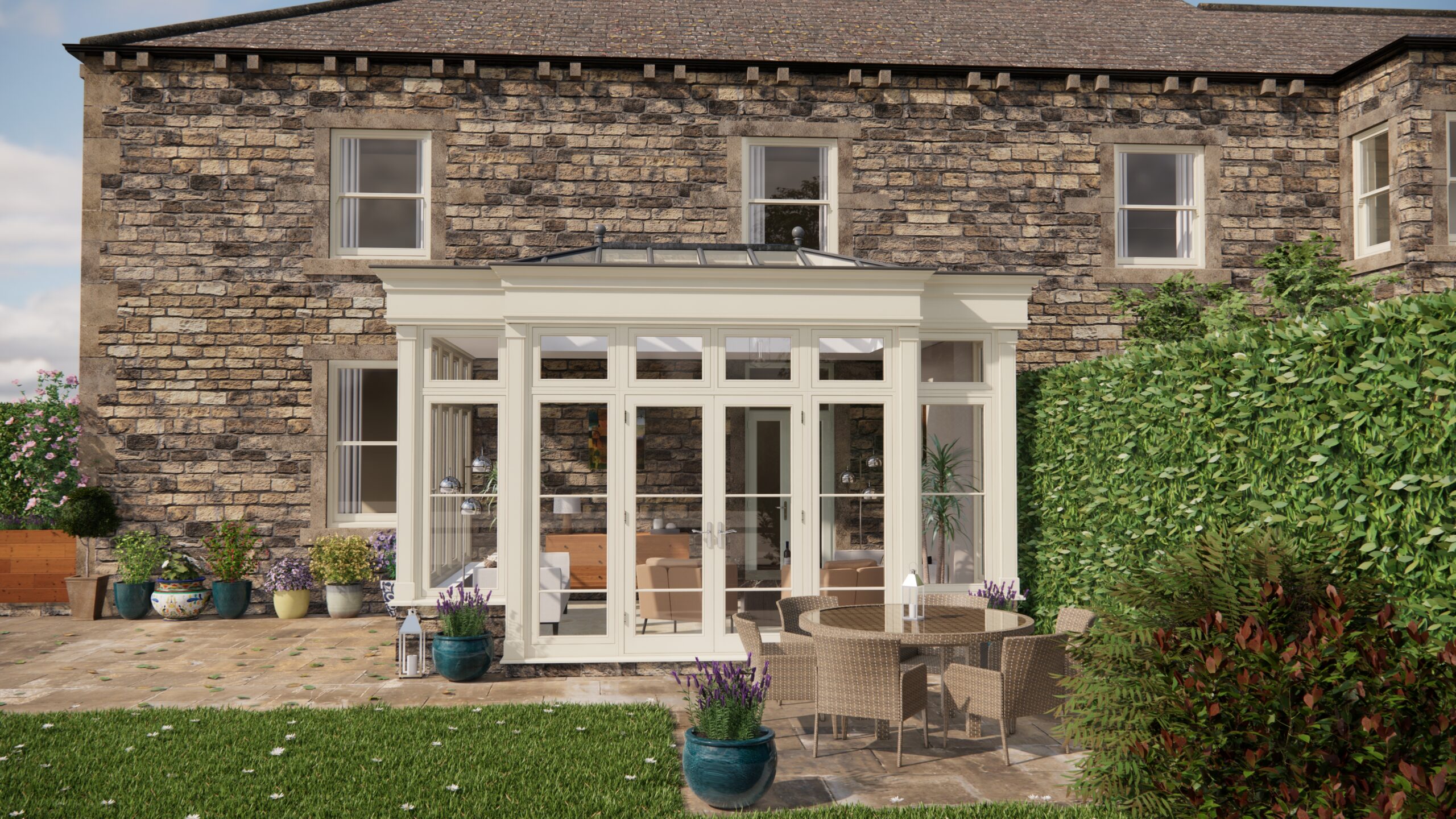Right, let’s have a proper chinwag about garden magic. I was just catching up with my friend Riley the other day, and the conversation, as it always does, drifted towards all things garden-related. We both adore those articles you find online about making the most of your outdoor space here in the UK – the ones brimming with landscaping ideas, showcasing vibrant plants, and offering sage advice for battling slugs (the bane of every gardener’s existence, eh?). And lately, we’ve both been particularly captivated by pieces focusing on water features and garden structures. Riley’s always been a bit of a whiz with structures, and he’s been experimenting with arches, so I thought I’d pick his brain.
“Riley,” I started, swirling my tea, “I’ve been reading about using arches to frame garden views and create a sense of mystery. It sounds utterly charming, but is it actually achievable for us mere mortals?”
He chuckled. “Absolutely! It’s about creating a journey, a little reveal with each step. Think about it: a simple archway leading from your patio to the lawn transforms it from just grass into a ‘secret garden’ waiting to be explored.”
Choosing Your Arch Material:
We then delved into the nitty-gritty. Riley explained the importance of choosing the right material. “Metal arches, especially wrought iron, are classic and elegant,” he said. “They’re sturdy and can handle heavier climbers like mature roses. However, they can be more expensive and require occasional rust-proofing. Wooden arches are often more affordable and offer a rustic charm. Just make sure you treat the wood to prevent rot, especially in our damp climate. Brick arches are obviously more of a permanent feature and can be integrated into existing walls or structures, but they do require some building knowledge and a more considerable investment. They’re fantastic for creating a really strong focal point and can look incredibly impressive.”
The Climbing Plant Conundrum:
Next up: the climbing plants. “That’s where the magic really happens,” Riley insisted. “Honeysuckle is a classic for a reason – the fragrance is divine, and it attracts all sorts of lovely pollinators. Climbing roses, particularly fragrant varieties like ‘Gertrude Jekyll’, are another stunning choice. For something a bit different, consider clematis. They come in an enormous range of colours and flower shapes. The key is to choose plants that suit the arch’s size and strength, and that thrive in the specific conditions of your garden – sun exposure, soil type, and so on.”
Siting for Maximum Impact:
Where you place the archway is crucial, according to Riley. “Think about what you want to frame. An arch placed at the end of a pathway draws the eye and creates a sense of anticipation. An archway separating two distinct garden areas – say, a formal flower bed and a more relaxed vegetable patch – defines each space and adds visual interest. Consider the sun’s position; an archway can provide dappled shade in a sunny spot. And don’t forget the view from inside the house! A well-placed arch can transform your garden into a living painting.”
Orangeries and Arches: A Perfect Pairing:
Our discussion then turned towards the joys of incorporating garden structures with features like an orangery. “An orangery, for me, is the ultimate garden room,” Riley mused. “And imagine an archway leading from the orangery’s doors into the garden, framing a view of a rose-covered archway further down the lawn. It just extends that sense of journey and discovery, bringing the garden closer to the house.”
The Maintenance Minefield:
Of course, it’s not all roses (pun intended!). Riley admitted that maintaining plant growth and controlling pests on archways can be a challenge. “Regular pruning is essential to keep plants from becoming too unruly and blocking the archway. You need to train the stems to grow where you want them to. Keep an eye out for common pests like aphids and blackspot on roses and address them promptly. Consider using organic pest control methods to protect beneficial insects. And don’t forget to fertilize your climbers regularly to encourage healthy growth and abundant blooms.”
Riley also mentioned the appeal of water features, something I’m hoping to add soon. “Imagine the sound of a small fountain bubbling away near an archway covered in honeysuckle,” he said dreamily. “Utter bliss!”
So, after our chat, I felt inspired. Creating a garden with arches and carefully placed structures isn’t just about aesthetics; it’s about crafting an experience, a journey, a personal haven. Consider the materials you use to create the arch and think about whether you want a short-term or long-term solution. Consider how an orangery enhances the enjoyment of your garden by providing an entry and exit point that can easily be framed with climbing plants on an archway. Choose the right plants, position the arch for maximum impact, and be prepared for a bit of maintenance. But the rewards – the beauty, the fragrance, the sheer joy of being in your garden – are more than worth the effort. Now, where did I put those rose pruning gloves…?


